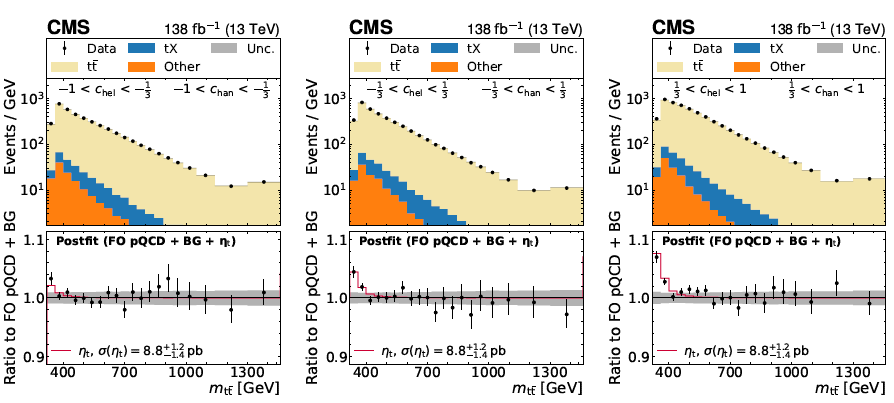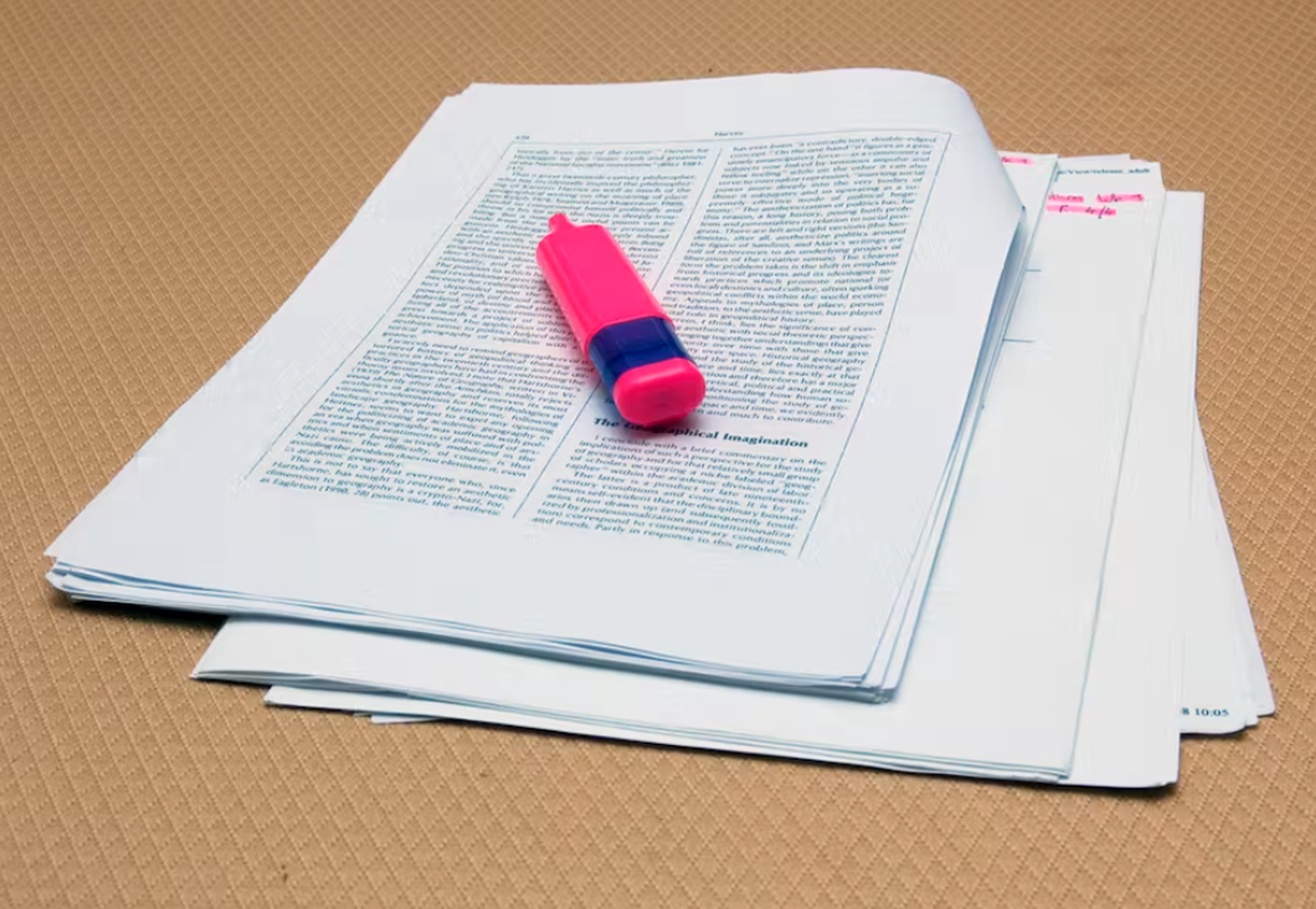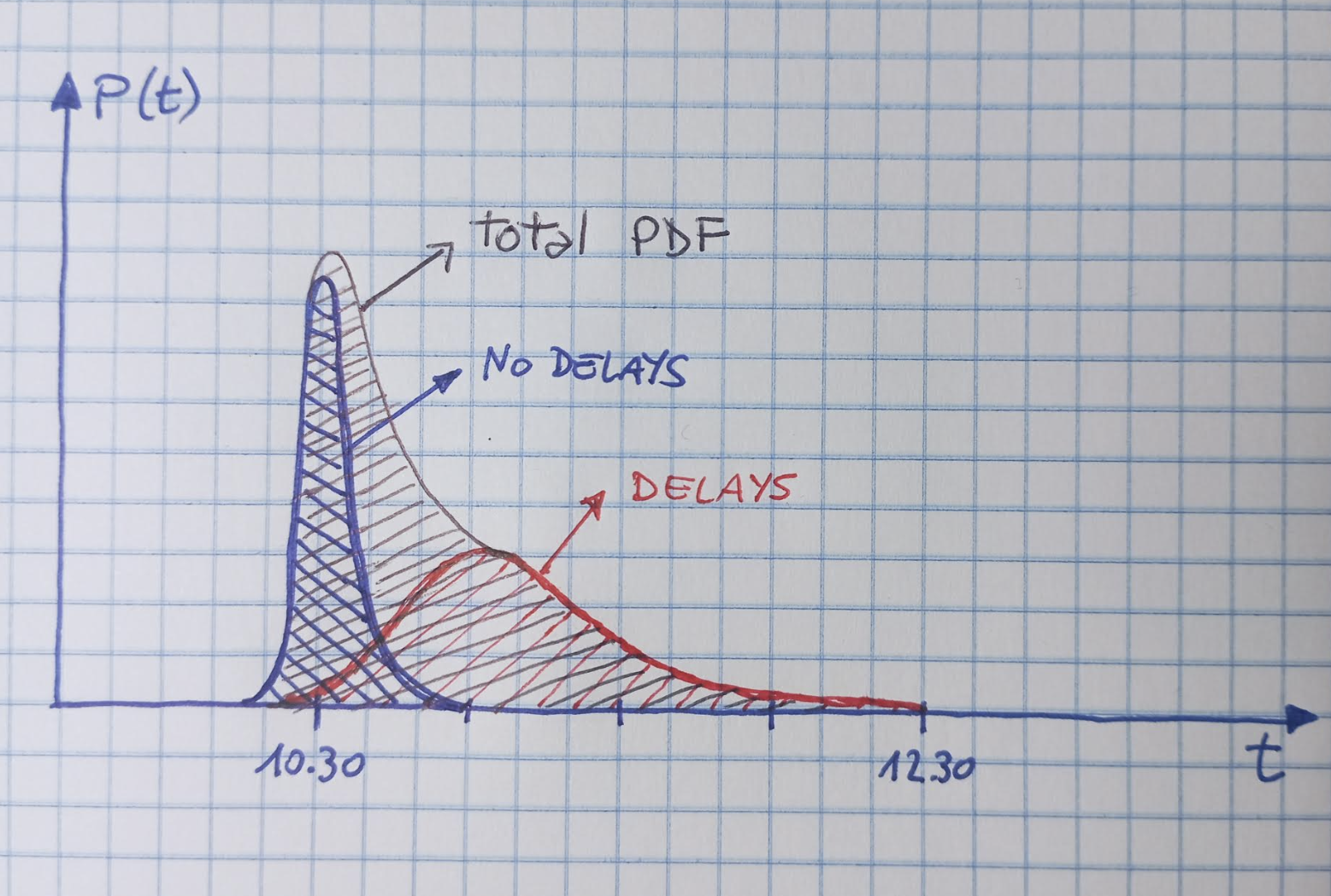Gavin Salam's talk at the "Altarelli Memorial" session of the
ICNFP 2016 conference, which is presently taking place in Kolimbari (Crete), was very interesting and I wish to report here about it.
I am spending a week in Kolimbari, a nice seaside place in western Crete. Here the fifth International Conference on New Frontiers in Physics is being held in the Orthodox Academy of Crete. The conference gathers together high-energy experimentalists and theorists, nuclear physicists, neutrino physicists, and also other specialists.
As I am not talking this year (I am here because I am co-organizing a mini-workshop on Higgs physics), I thought it was a good idea to ask the organizers if they needed help, and I got the task of organizing the poster selection committee. 26 posters have been presented, and will be on display tomorrow evening. We will have to select the best ones, whose authors will win a prize.
Final results of searches for particles decaying to photon pairs in 2015 data keep hopes alive for imminent ground-breaking discovery
On December 15th last year, as the physics coordinators of the ATLAS and CMS collaborations showcased the results of their new searches, particle physicists around the world held their breath. Both experiments showed preliminary results from the analysis of LHC data acquired during 2015 at 13 TeV. That unprecedented energy made the potential for new discoveries high.
Today, while Americans set up their barbecues and prepare to celebrate their Independence, particle physicists around the world have a different reason to celebrate. Four years ago today is when the Higgs boson got officially declared a confirmed new particle in the subatomic zoo.
As my blogging here has been erratic in the last couple of weeks, I feel I need to explain to my 23 readers (what citation is this BTW?) what I have been up to. So this post does not contain any physics, and is rather about how a physicist fights for some space and time for himself and his family, decoupled from his daily occupations, and hopefully lowers his stress level.
I left my home in Venice on June 15th at four in the morning with my fiancee and my two kids (Filippo, 17 and Ilaria, 13 years old), headed to Elafonisos, a tiny island in southern Greece. Our Volotea flight was due to leave the Marco Polo airport at 6.30AM -an early and cheap flight I had picked to ensure we would get to destination at a reasonable time.
The top quark is the heaviest known subatomic particle we may call "elementary", i.e. one we describe as a point-like object; it weighs a full 66% more than the Higgs boson itself! Top was discovered in 1995 by the CDF and DZERO collaborations at the Fermilab Tevatron collider, which produced collisions between protons and antiprotons at an energy 7 times smaller than that of the proton-proton collisions now provided by the Large Hadron Collider at CERN.
 Toponium Found By CMS!
Toponium Found By CMS! The Problem With Peer Review
The Problem With Peer Review Interna
Interna The Probability Density Function: A Known Unknown
The Probability Density Function: A Known Unknown







